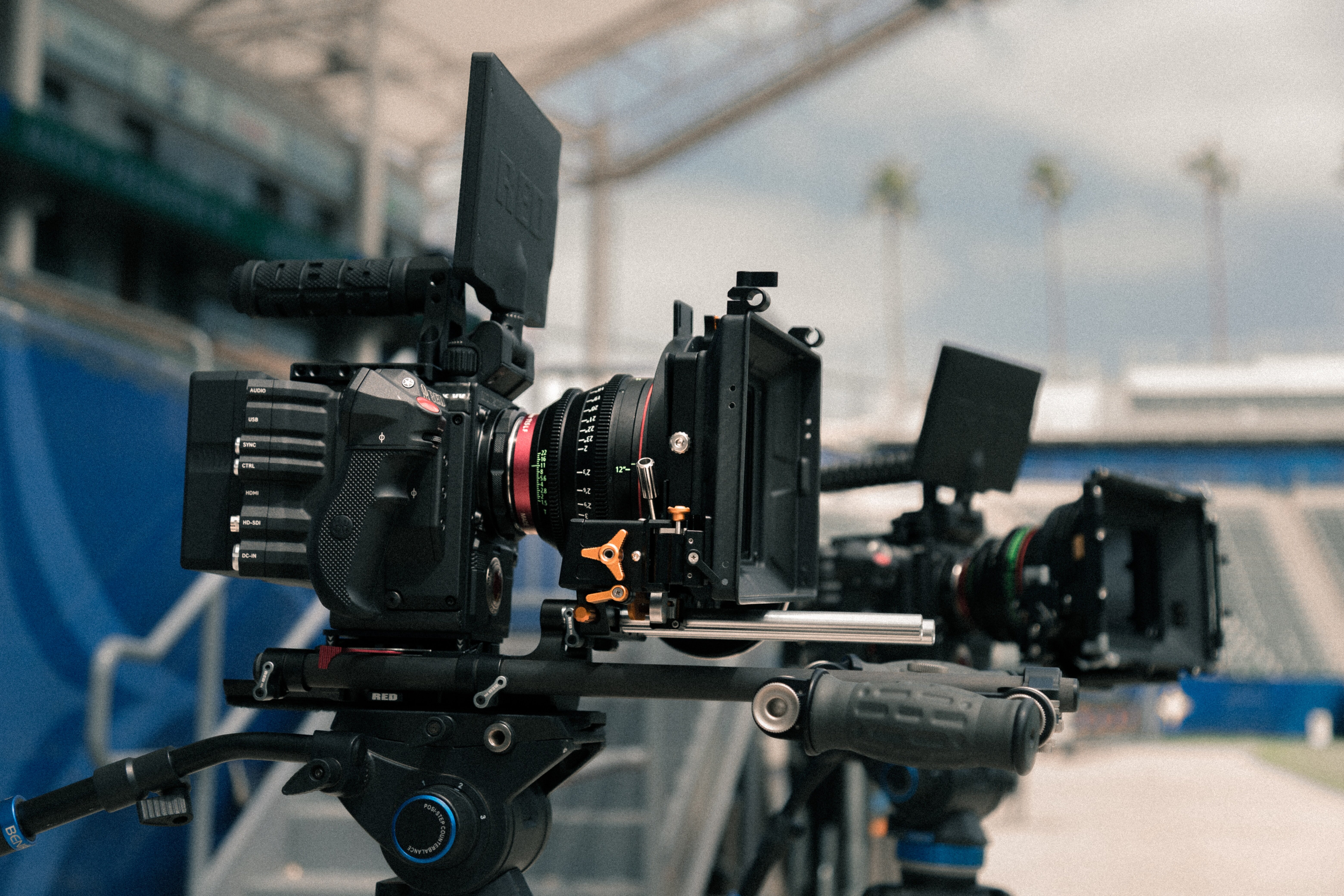Smooth Moves: Seamlessly Transitioning Between Adjustment Layers for Complex Effects

Smooth Moves: Seamlessly Transitioning Between Adjustment Layers for Complex Effects - Easing Into It
When working with complex transition effects using adjustment layers, it's crucial to ease into the process gradually. Rushing in headfirst without proper planning can lead to messy timelines, glitchy playback, and effects that don't sync up properly. The key is to take it slow by adding new elements methodically.
Start by mapping out your sequence of effects and identifying transition points in your footage where adjustments will need to be made. Are you starting with a color grade before moving into a light streak overlay? Will you be dropping in a vignette effect midway through? Making an outline prevents you from being overwhelmed.
Next, begin laying down adjustment layers one by one, masking off any areas you don't want affected. The standard procedure is to place these layers above your footage and below any other graphic elements. Grade the overall shot first before applying more tailored adjustments. You want to establish a base look before tweaking further.
With your layers in place, focus on getting the timing right. That buttery smooth gradient fade you're envisioning won't work if the transition happens too quickly. Pay close attention to the position of your playhead and use Easy Ease keyframes to gradually increase and decrease effect intensity. Don't be afraid to spread keyframes out across the timeline. Slow and steady does it.
As you add more layers, be mindful of stacking order and blending modes. For example, you may want your vignette on top of your color grade, in which case it would need to be the higher layer. Blending modes can help composite layers together softly. Screen and Overlay are commonly used, but don't be afraid to experiment.
Smooth Moves: Seamlessly Transitioning Between Adjustment Layers for Complex Effects - Masking Off Areas
Masking is one of the most indispensable techniques for fine-tuning adjustment layers. While it may seem quicker to just apply an effect across your entire frame, a little bit of masking can go a long way in creating professional, seamless transitions.
The key benefit of masking is that it allows you to limit effects to specific regions. For example, you may want your light streaks overlay to only affect the highlights in your shot, not the entire image. Or perhaps you’re looking to vignette just the edges and not the center of the frame. Masking gives you that customizable control.
By carefully creating masks around the areas you want to isolate, you can apply effects with surgical precision. Depending on the complexity of the mask shape, you can use the Pen tool to manually draw Bezier paths or use the shape tools to quickly generate circles, rectangles, etc. Consider the silhouette or outline of the portion you are adjusting.
The most common masking mistake is not taking the time to finesse the edges. A rough, pixelated mask is glaringly obvious and distracting. Feather the edges, adjust opacity, and use blending modes to help integrate the effect seamlessly. The mask should compliment the shot, not stick out.
Animators lean on masking heavily when working with complex rigged characters. For example, a fire effect might be isolated to just the dragon’s mouth and wings to appear more natural. Background characters can also be masked out before desaturating the foreground character. The possibilities are endless.
There’s also creative potential in using masks to progressively reveal effects. As opposed to having an effect static across the entire clip, you can use animated masks to create enticing reveals. Imagine a color grade that dynamically spreads across the frame as a mask opens up. It’s all about showmanship!
Smooth Moves: Seamlessly Transitioning Between Adjustment Layers for Complex Effects - Planning Your Timeline
A well-planned timeline is the foundation of any smoothly executed series of effects using adjustment layers. Without diligent organization, your sequence risks becoming an unnavigable mess once you start layering in filters, transitions, and keyframe animations. Beginners may be tempted to skip timeline planning altogether, but this will only lead to headaches down the road. Properly structuring your editing workspace saves time and prevents mistakes.
The first step is color coding and labeling layers according to their purpose. For example, use a specific hue for your adjustment layers, a separate one for graphics, another for footage, etc. This provides clarity at a glance. You should also name layers based on their effect such as “Vignette”, “Light Leaks” or “Color Grade 1”. Try to keep them ordered from the bottom up in the sequence that effects will be applied.
It’s also wise to create subfolders within the effects panel to compartmentalize elements like transitions, overlays and text. Applying a rating system can ensure your favorites are easily accessible. The more organized your assets are before editing, the smoother the assembly process will be.
Once layers are in place, create markers throughout the timeline denoting where you want specific effects to begin, change intensity and end. Markers act as a guide, reminding you which adjustment needs to be made where without having to memorize timings. They also make it easy to jump to critical points for tweaking effects.
Also be mindful of spacing - don’t overcrowd the timeline! Make sure there is padding between layers and space to add additional keyframes. allowing adjustments to breathe avoids muddiness. Having empty areas gives you flexibility to modify durations or insert new creative elements into the sequence down the line.
More Posts from ai-videoupscale.com:
- →Dust Off the Old Editing Suite: Rediscovering the Joy of Video Editing
- →DLSSsorship: How AI Upscaling Outperforms Native Resolution
- →Smooth Sailing at Last: Fix DLSS Greyed Out Issue and Enjoy Buttery 8K at 21 FPS
- →Cloak of Darkness: How to Blacken Your Background Without Losing What Lies Beneath
- →Smooth Operator: Give Your Video That Silky Skin Finish with Our AI Tools
- →Cracking the Code: AI Detectives Identify Mysterious Video Filters